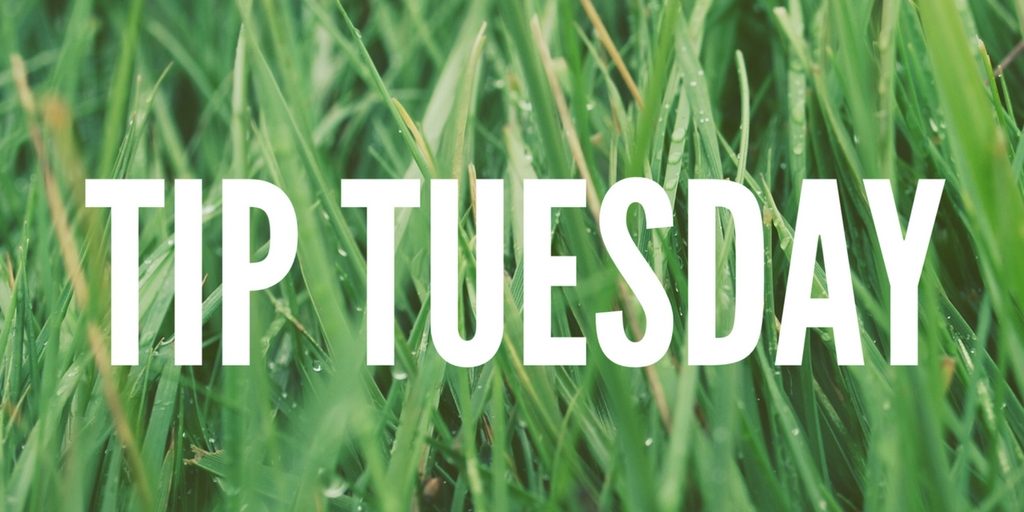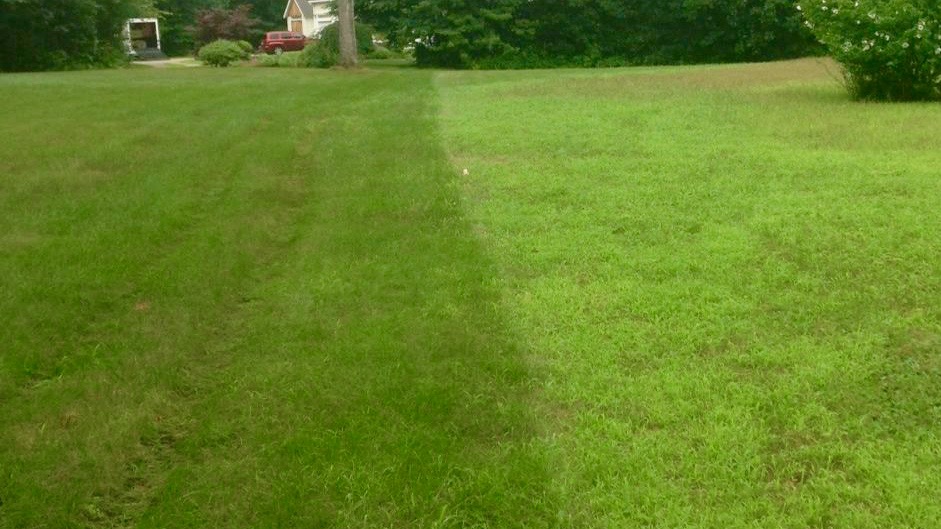
 With the sudden rush of heat and humidity, our lawns are suddenly headed in the wrong direction. That which was looking pretty good with rain and moderate temperatures is now rapidly browning and all of a sudden we’re seeing a lot of new weeds – especially crabgrass.
With the sudden rush of heat and humidity, our lawns are suddenly headed in the wrong direction. That which was looking pretty good with rain and moderate temperatures is now rapidly browning and all of a sudden we’re seeing a lot of new weeds – especially crabgrass.
Why is this so? Why does my lawn go from looking like the 18th at the Augusta National Golf Course to looking like a vacant lot?
The biggest factor is the one we have no control over whatsoever – the environment. In most parts of the country June, July and August are the hottest and most humid months of the year; temperatures both in the air and in the soil are consistently above the optimum for the growth of the cool season turfgrasses that make up our lawns. These cool season turfgrasses respond to these conditions by going into dormancy – what we view as the lawn turning brown.
Conversely, the very conditions that cause our cool season turfgrasses to go into dormancy are the perfect conditions for the crabgrass. Instead of going into dormancy, crabgrass responds to this kind of weather with explosive growth. It has to grow this rapidly as it is an annual plant that will die with the first frost. It must grow to maturity and set seed before the season is over, so it’s in a big hurry.
But I applied something for crabgrass in the spring! Why isn’t it working?
It is important to point out that what’s applied is a crabgrass control, not a preventer. This is an important distinction as there is no such thing as a crabgrass preventer – the products that are available provide variable levels of control. University trials are performed to assess the effectiveness of the different products under different conditions.
Under perfect conditions, the manufacturers tell us that we can expect around 90% control of the crabgrass seeds that germinate. It probably isn’t too big a stretch to realize that this year we haven’t had perfect conditions – at least in the past month or so – and that the crabgrass is taking full advantage. The crabgrass control is designed and intended to degrade over time such that it will not inhibit germination of the desirable grasses in the fall.
It’s time for a little turfgrass math. Every lawn has a different number of crabgrass seeds in its soil. This is a function of how successful previous generations of crabgrass have been in setting seed. As the old farmers used to say, “One year’s seed is seven years of weeds” – seeds can lie dormant in the soil for a very long time waiting for just the right opportunity of light, warmth and moisture to germinate.

So let’s say that a lawn has not had crabgrass control and that there are, for the sake of argument, 1,000 crabgrass seeds ready to germinate. The manufacturer says that under perfect conditions we can expect about 90% control, therefore we would expect to see 100 crabgrass plants. This is known as the concept of a seed bank.
The idea is to deplete the number of seeds that are in the seed bank by controlling the number of plants capable of producing new seeds season over season. That is why with each succeeding season of applying crabgrass control, you will see fewer and fewer crabgrass plants, all things being equal. We don’t want to see even a single crabgrass plant, but we cannot ignore the realities of the environment and the limitations of the crabgrass controls.
OK, you’ve explained what’s going on. Now what?
As you make your applications, carry with you some post-emergent crabgrass control that can be applied wherever breakthrough has occurred. This will not make the crabgrass disappear, but rather to stop it from growing any further and most importantly keep it from setting any more seed.
“But I want my lawn to look like a golf course!”
That phrase makes me smile. First of all, I’ve seen a lot of golf courses in my career and I’ll put the average residential lawn up against a the vast majority of the acreage on a golf course and come away a winner most every time. Golf courses spend most of their time, attention and money on a relatively small amount of area, the tees, fairways and greens. All told, they represent only a quarter, I’d say, of the grass growing on a course. The remainder gets little more attention that the average front lawn.
So here is the secret – just don’t tell anyone I told you…
But the one thing that all golf course superintendents do that most homeowners do not is cultivation. In this case, cultivation means aeration and seeding. There is nothing that you can do for your lawn that will have a greater and more lasting impact on its quality than to introduce new seedlings, new vigorous plants, to the lawn.
Lawns, contrary to our observation, are not perennial. Old plants die and if you just allow anything at all to grow in their place, then you are not taking full advantage of the excellent turfgrasses that have been developed over the course of the last half-century. We know what those turfgrasses are and we have drawn from that list and incorporated them into our seed blends for this fall.
Find more technical tips in our Technical Resource Library in the NALP Member Center.

